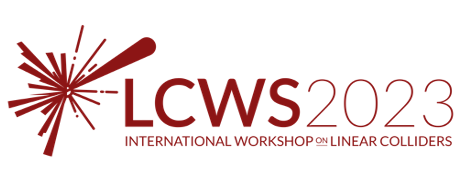Speaker
Description
In the Standard Model, the ground state of the Higgs field is not found at zero but instead corresponds to one of the degenerate solutions minimising the Higgs potential. In turn, this spontaneous electroweak symmetry breaking provides a mechanism for the mass generation of nearly all fundamental particles. The Standard Model makes a definite prediction for the Higgs boson self-coupling and thereby the shape of the Higgs potential. Experimentally, both can be probed through the production of Higgs boson pairs (HH), a rare process that presently receives a lot of attention at the LHC. In this talk, the latest HH searches by the ATLAS experiment are reported, with emphasis on the results obtained with the full LHC Run 2 dataset at 13 TeV. Non-resonant HH search results are interpreted both in terms of sensitivity to the Standard Model and as limits on the Higgs boson self-coupling and the quartic VVHH coupling. The Higgs boson self-coupling can be also constrained by exploiting higher-order electroweak corrections to single Higgs boson production. A combined measurement of both results yields the overall highest precision, and reduces model dependence by allowing for the simultaneous determination of the single Higgs boson couplings. Results for this combined measurement are also presented. Finally, extrapolations of recent HH results towards the High Luminosity LHC upgrade are also discussed.



